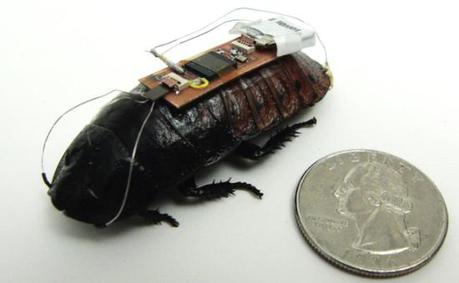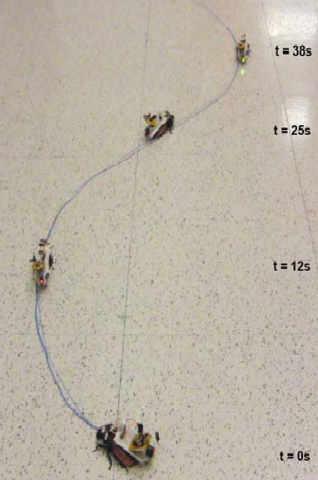You've heard of working dogs, working horses, even working pigeons, but what about working cockroaches? How about rescue roaches?

With an electronic saddle of sensors on its back, electrical engineers at North Carollina State University have managed to remotely steer hissing cockroaches along a curved line, all in the cause of eventually using their refined cockroach interface to detect life in unstable areas, such as earthquake or tornado torn areas where no persons or rescue animals could safely tread.
It's not so easy to build small robots, especially those which can successfully enter extremely small spaces in unstable conditions, so researcher and assistant professor Alper Bozkurt and his team are working on another course - the biobot.
The challenge was great, but not insurmountable for the team. A cost effective chip with a wireless receiver and transmitter was necessary to track the roaches, which was obtained. But they also needed a way to steer them, and to do this, they attached electrodes to the roach cerci and antennae - the cerci to keep the roach moving and the antennae to steer them - and packed a microcontroller into the roach 'backpack' with the transmitter chip.

So far, Bozkurt's team have managed to get the cockroaches to walk a curved line. Amazing!
More research on this to come!
Line Following Terrestril Insect Biobot via Physorg.com

